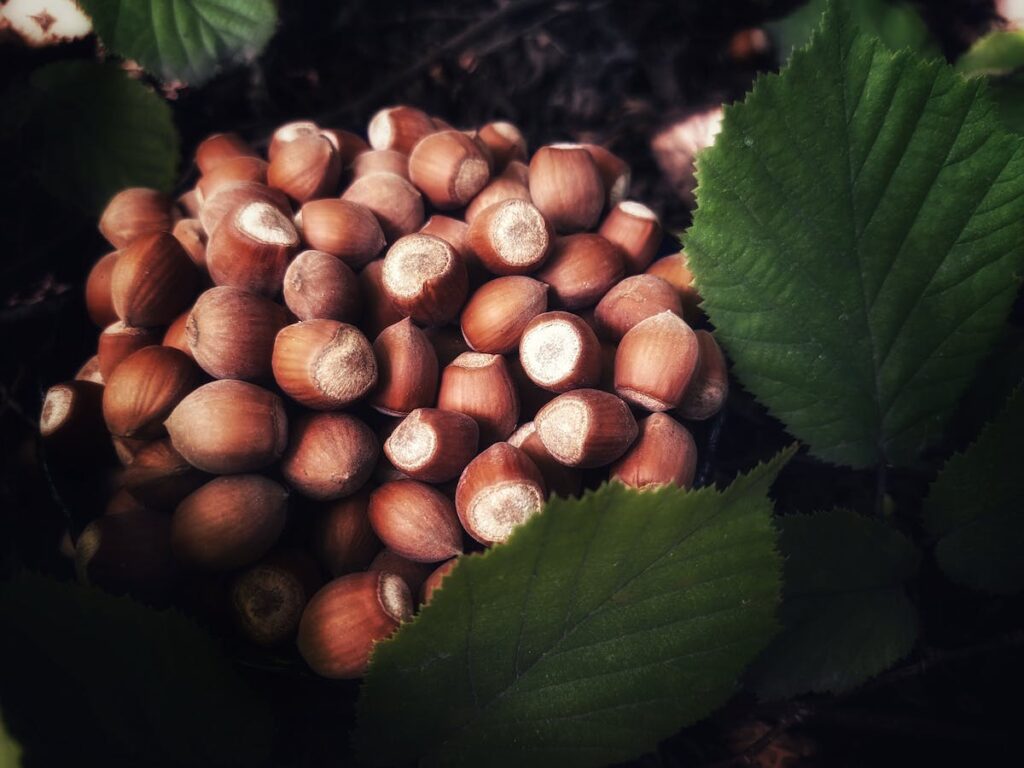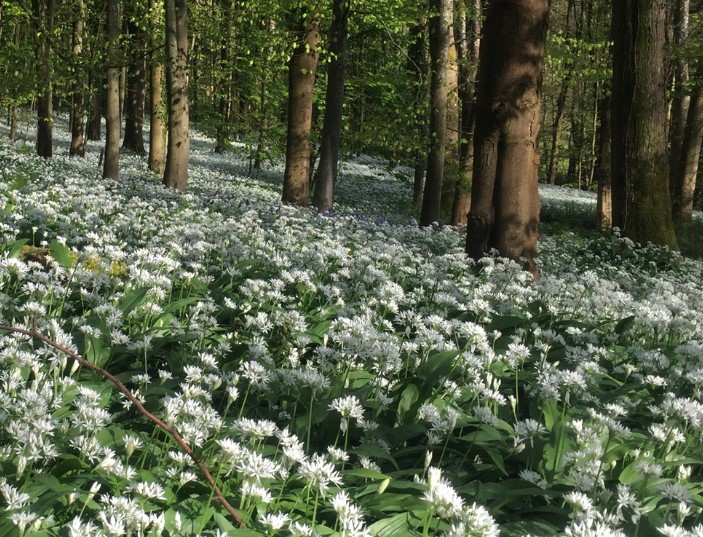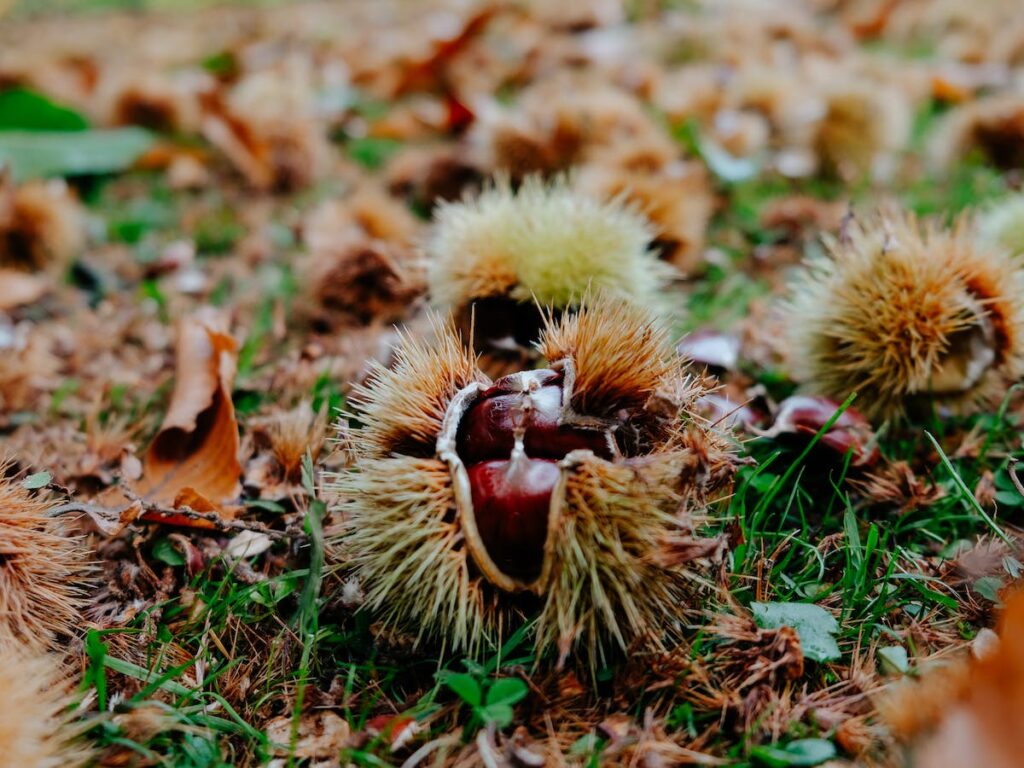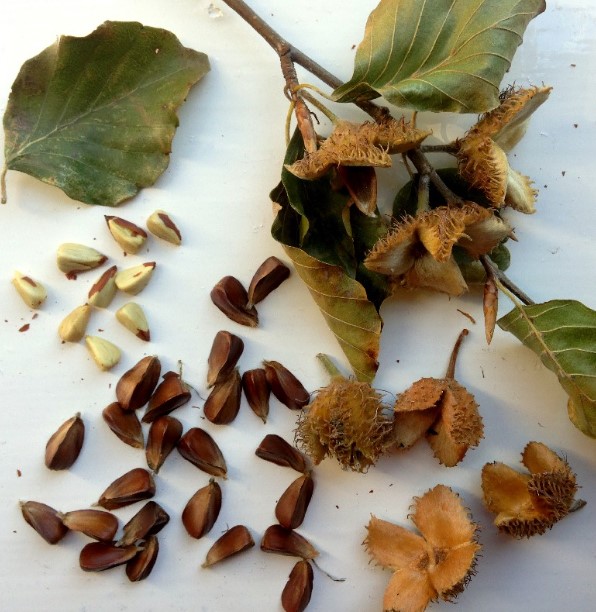Foraging for Fun – Are you Nuts about Nuts
Foraging in the UK is so great because of the way it varies from season to season. You’ll find lots of tips and ideas to help with foraging for food.
When you’re out on a walk and start to feel a bit peckish, it’s helpful to be able to know what edible plants you can look out for. Foraging is not only a way to be really present whilst walking around the UK countryside, but also a different way of looking at the natural environment and a super unique skill to have. Kids will also find it exciting to identify plants whilst out in nature, and then bring them back to camp to cook with.

Respecting the environment
Before we get into the plants you can find, and recipes to make with them, its important to be considerate of the natural environment when foraging. Be sure never to deplete an area of one specific species of plant and remember that we share the ecosystem with other wildlife, who rely on these plants in order to survive. Most of the time, it’s okay to forage in public areas, which includes parks, beaches, nature reserves, woodlands and hedgerows but you should ask the landowner or occupier for permission before digging up or removing plants. Remember the Countryside Code when you’re out in the countryside.
Safety
Always wash plants before you eat them, especially when foraging in more urban areas. Mushrooms are specifically notorious in terms of poisonous species, but there are many tasty mushrooms you can forage in the wild. Although I would highly recommend going foraging with someone who is experienced and knowledgeable about foraging mushrooms or as a part of a course if you’re inexperienced yourself. There are also some poisonous species of plant in the UK- the most well-known are foxglove, deadly nightshade and hemlock although there are some more lesser known species.

The Foxglove is poisonous and should not be eaten
Getting started with foraging
If you’re not quite sure where to start in terms of foraging, and don’t live near woodland or the countryside, then you can still try out foraging in your local park, garden if you have one. Or even hedgerows and canal towpaths. It’s also important to remember that what you can forage completely depends on the season, so it can be a good idea to go to one area throughout the year so that you can get a sense of how the environment changes. If you’re interested in trying out more survival skills whilst camping, why not also try to do some of your cooking over the campfire. For tips on how to go about this and some tasty breakfast recipes, be sure to check Campfire breakfast in style.
Spring foraging
Spring is a great time for foraging, as the countryside is in bloom again. One of the easiest edible plants you can look out for is dandelion. Try to find the first dandelion leaves as they will be tender and more suitable for putting in salads. This is also a super easy way to incorporate foraging into your camping meals- just throw some washed dandelion leaves into the salad you’re making and enjoy! Wild garlic can also be found in spring. It has long leaves,and forms carpets of white star-like flowers on the banks of streams. Wild garlic is easy to identify due to its strong garlicy smell. Again, you can add the leaves and flowers to salads. You could also chop up the wild garlic, mix with butter and then spread onto sliced baguettes to make garlic bread.

Goosegrass is a fast-growing plant with thin leaves that is easily identifiable due to its stickiness. Goosegrass and early nettle tops can be found in spring and are the perfect addition to soups, omelettes and pasta dishes. For loads of tips on making omelettes whilst camping, check out Omelette or Frittata – wake up your loved one with a breakfast feast.

Summer foraging
Be sure to look out for elderflowers in the summer months, as you can use them to make delicious and refreshing elderflower cordial. This is a yearly tradition in my household, and we like to make loads so that it lasts us all through summer. You can also pick the elderflower heads and dip them in batter then fry to make elderflower fritters for a delicious summery breakfast treat.

Elderberries, as well as hawthorn berries and rowan berries are also great fruits to forage in summer. In late summer be sure to look out for wild strawberries (which are smaller and more intensely flavoured than the kind you find in the supermarket) and blackberries. Why not heat the berries with some sugar over the stove until everything dissolves, then stir through homemade ice cream to make berry ripple ice cream.

You can also find hazelnuts in late summer. The hazel tree is common in the UK although by autumn, which is when the nuts mature, they have usually been picked clean. However, you can pick the berries when they’re green, around summer, and leave them to ripen in a warm dark place. Just remember to forage sustainably so that there are loads left over for the animals.

Autumn foraging
Fall is the perfect time for foraging sweet chestnuts. Just be sure not to mistake them for the common horse chestnut or conker. Sweet chestnuts are brown, with loads of fine spines, look almost like curled up baby hedgehogs and each burr contains two or three flattened nuts. Whilst horse chestnuts are thick and green with more widely spaced spikes, they also normally contain one nut. For some sweet chestnut recipes and more foraging tips, be sure to check out Foraging for food- a go-to guide to stay alive(H&S).

Autumn is also a good time for foraging beechnuts. To identify them look out for a small triangular nut that rests in a spiky four-lobed case. The beech tree is tall and domed and its leaves are oval with wavy edges. The bitter nut can be eaten raw or roasted, just peel off the dark brown outer skin before eating or cooking. If you’d like to add an interesting flavour, beechnuts can be added to salads, muesli or porridge.
Winter foraging
You can also find blackberries, chestnuts and beechnuts in winter. Look out for crab apples (which look like smaller round versions of supermarket apples), hawthorn berries (which are small and red- shown below) and rosehips. None of these are that tasty when eaten raw but come into their own when you make them into jams, jellies and wines and liqueurs.

I hope that this blog has helped you to feel more confident about foraging in the UK, no matter the season. Once you identify the plants, feel free to get creative about cooking with them and incorporating them into recipes.
The Apple App Store have a cool app that gives you 40 popular foraging plants for free (you can add more for in app purchases. Forage – Wild Free Food
Here’s me signing out and thank you so much for reading.
Lily Crooke / Environmental and Recreational author
